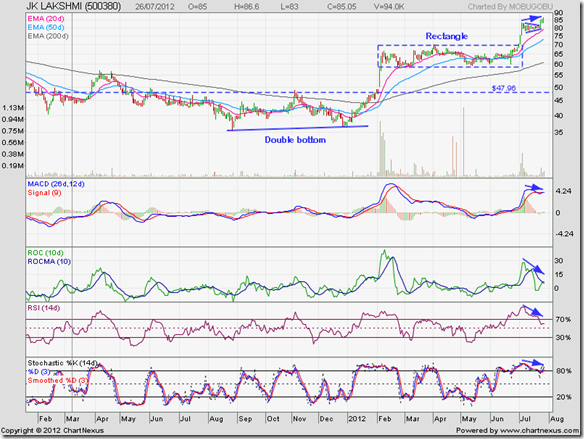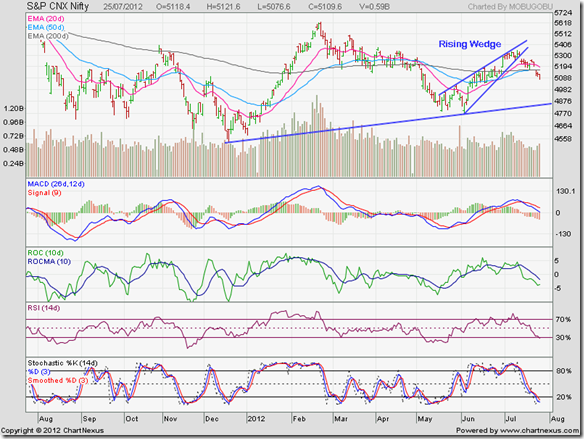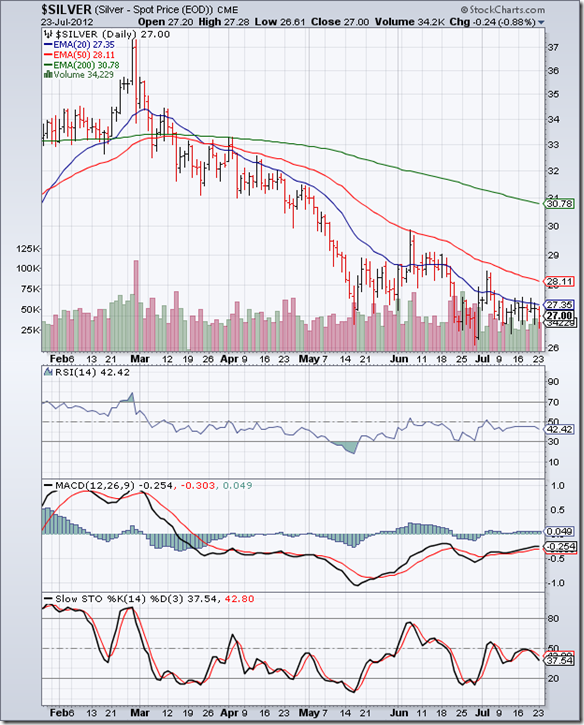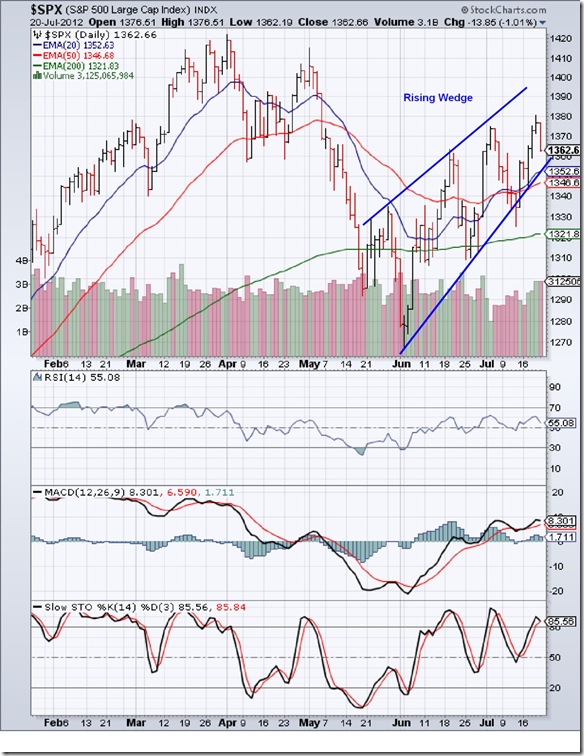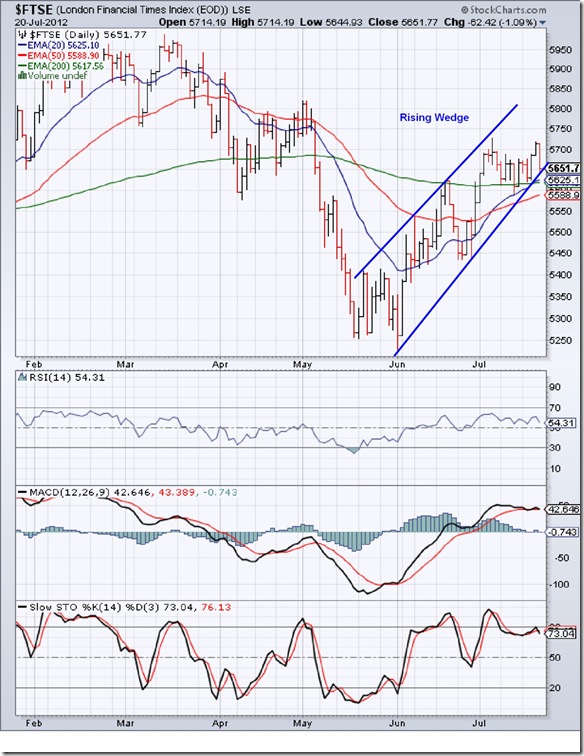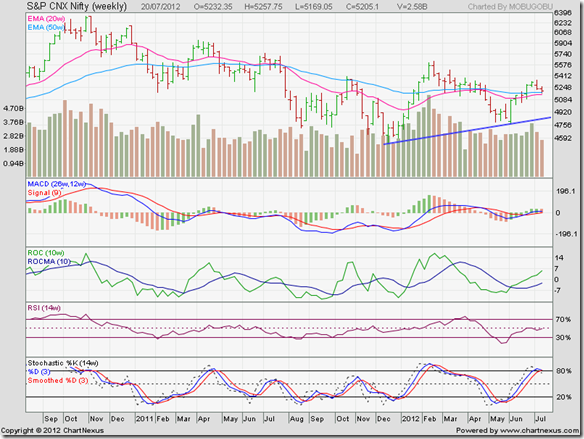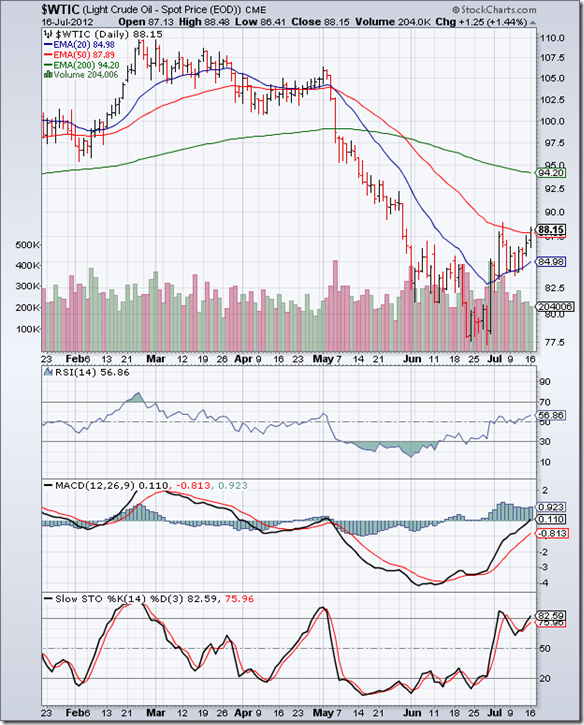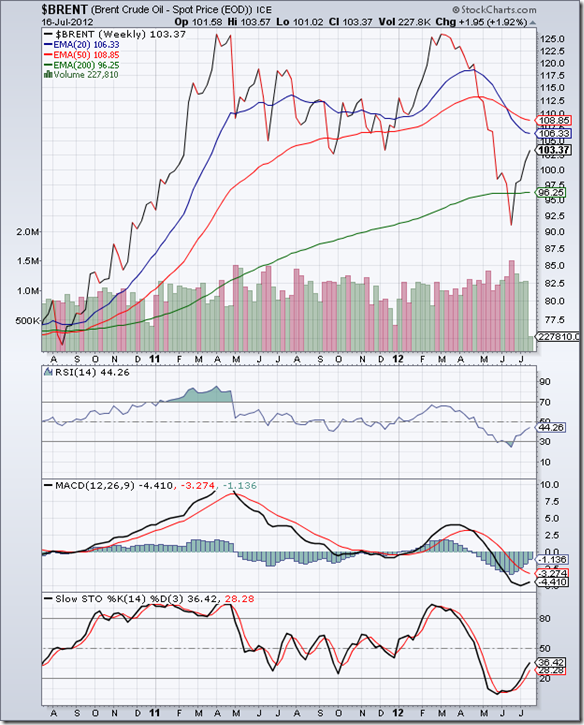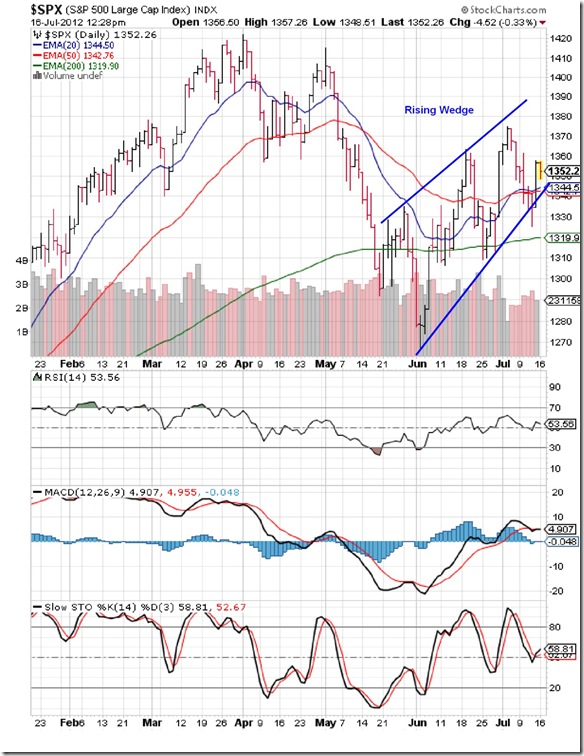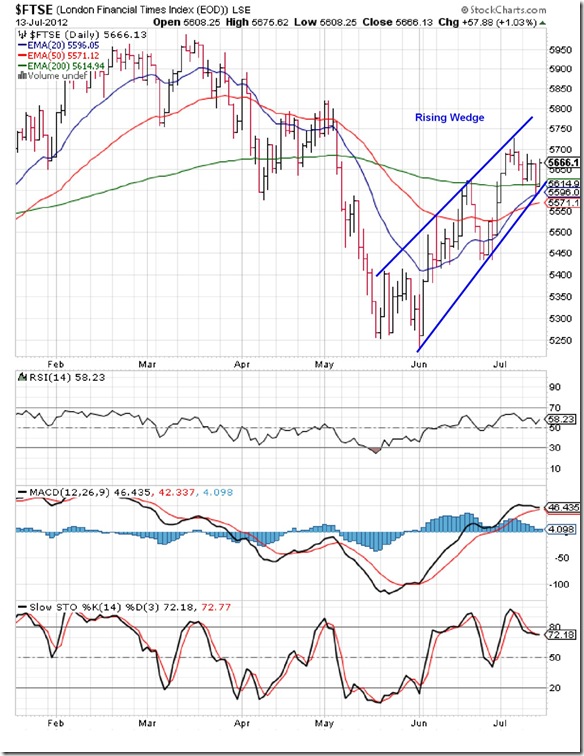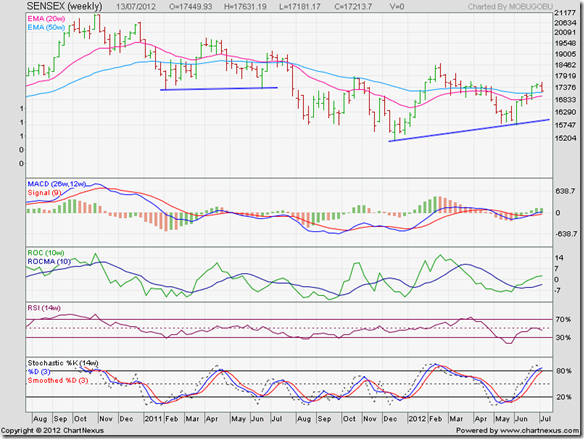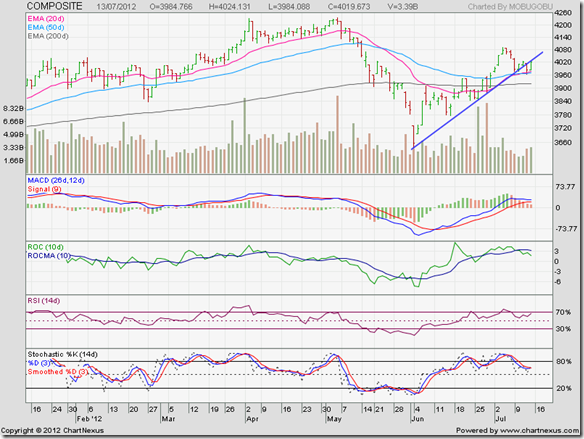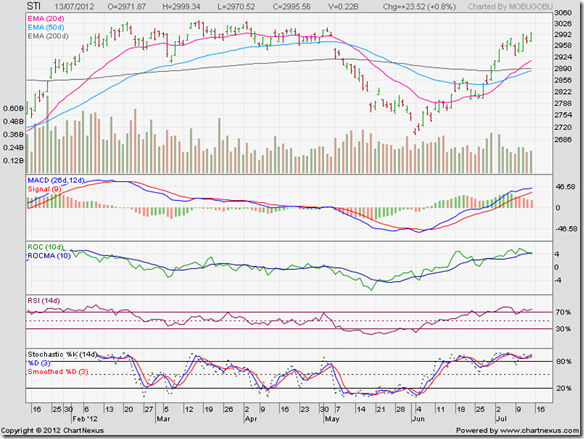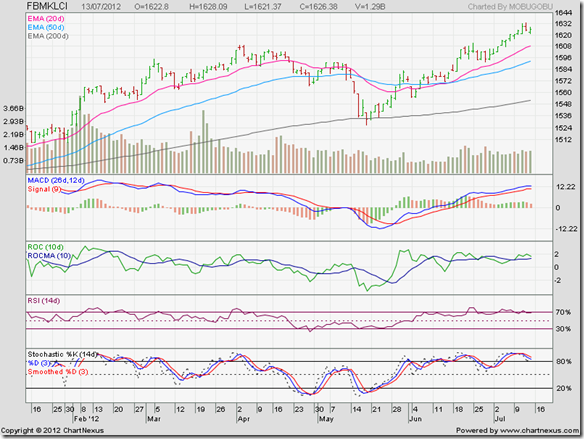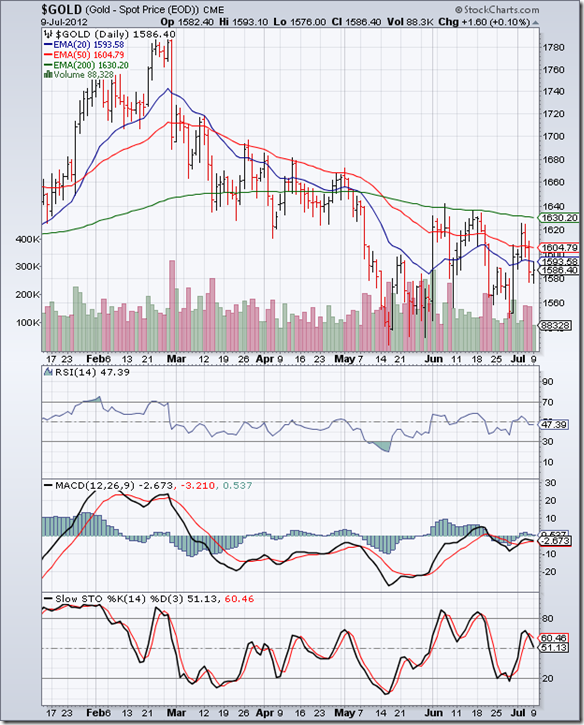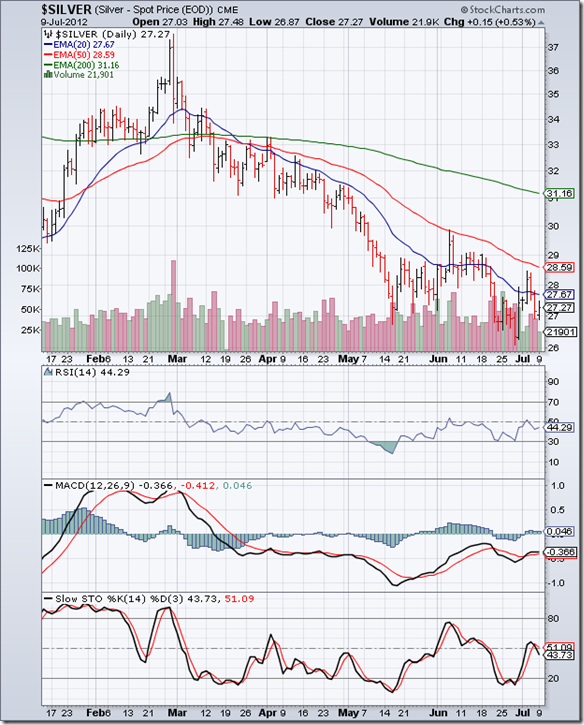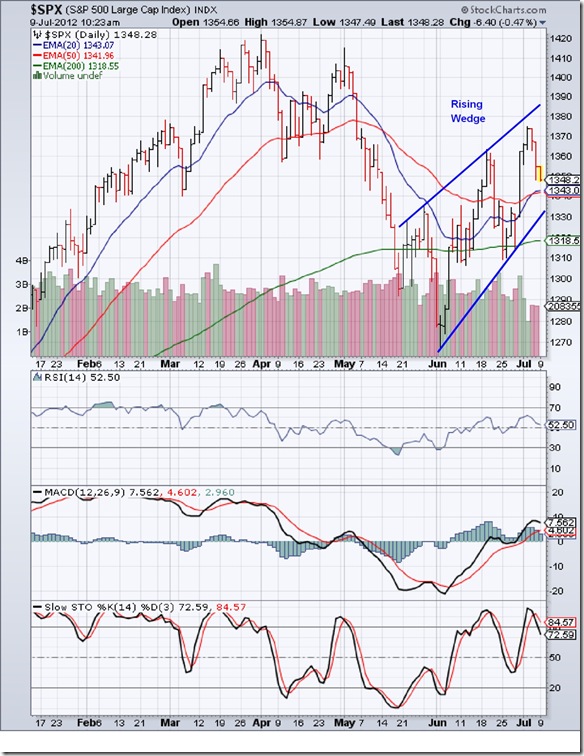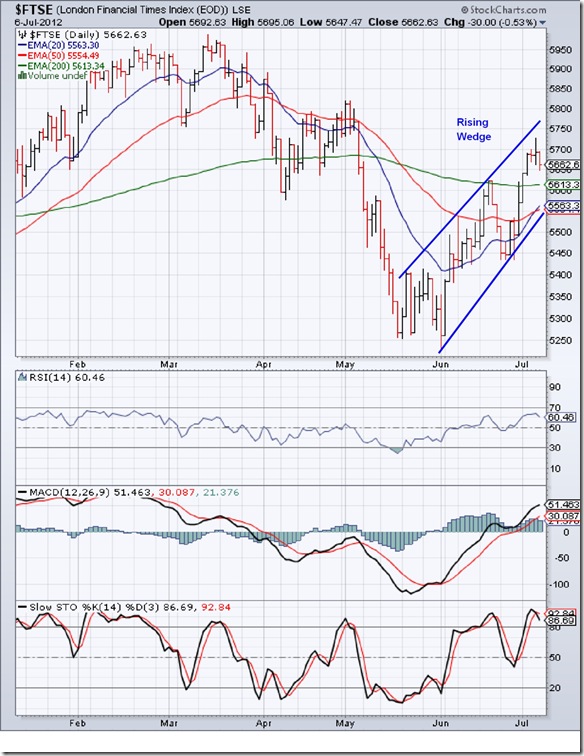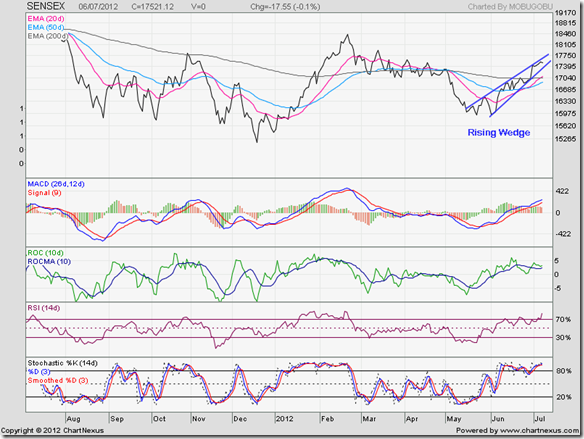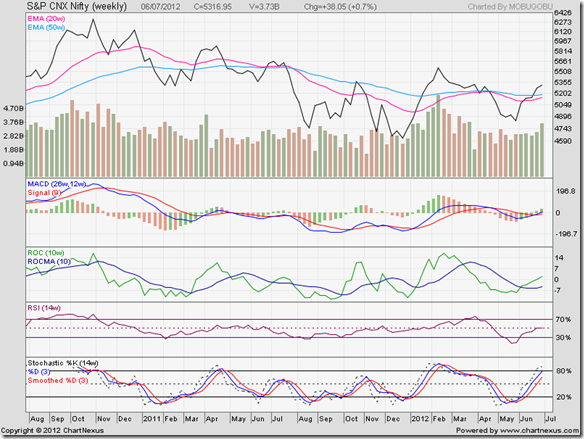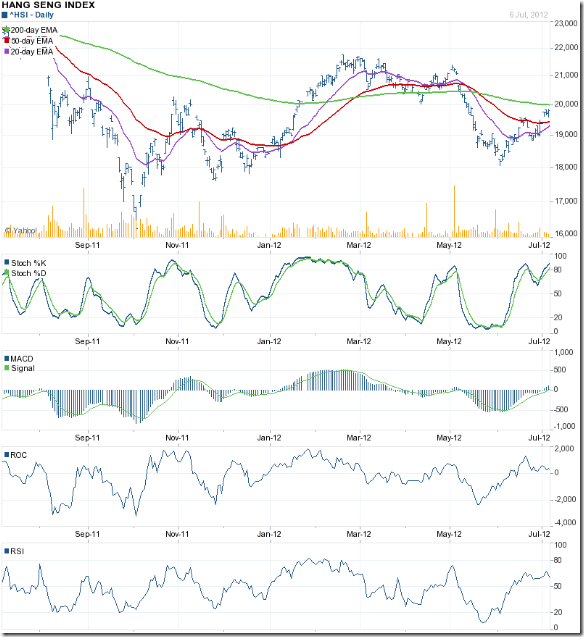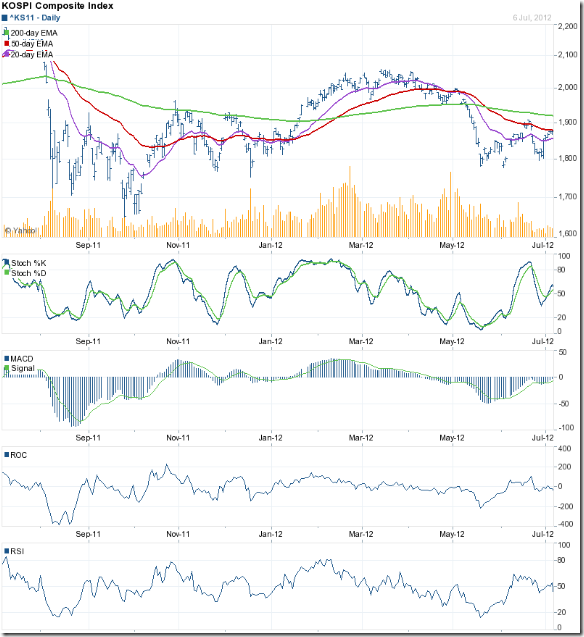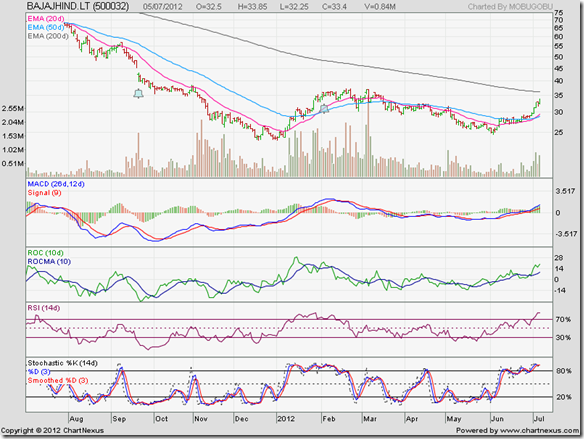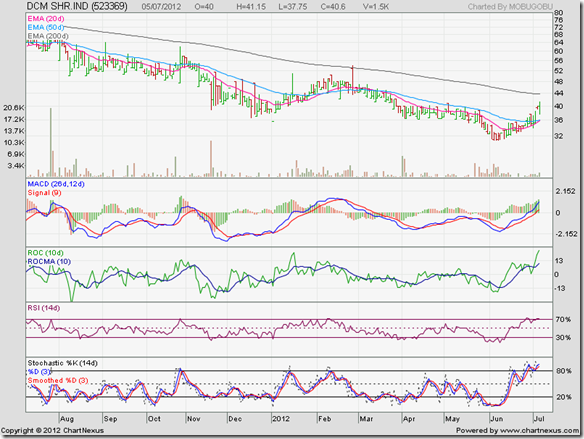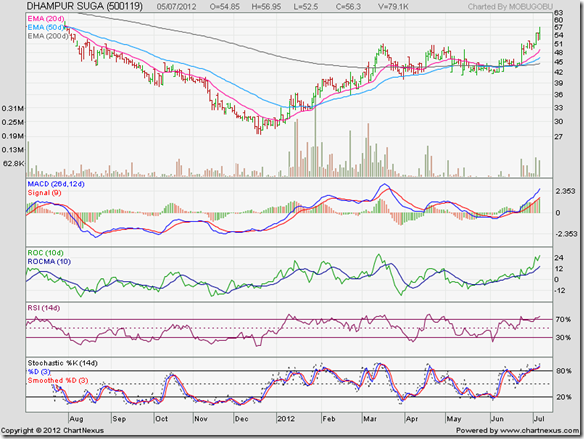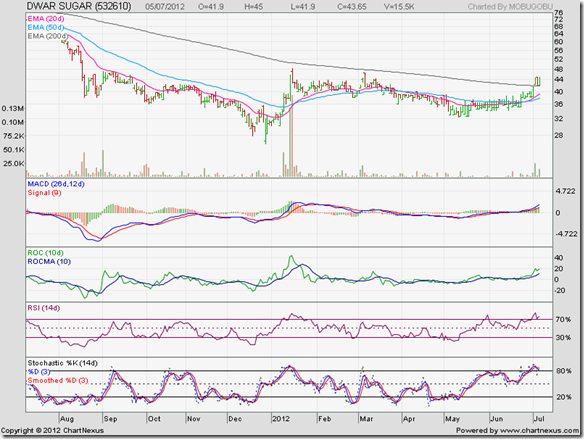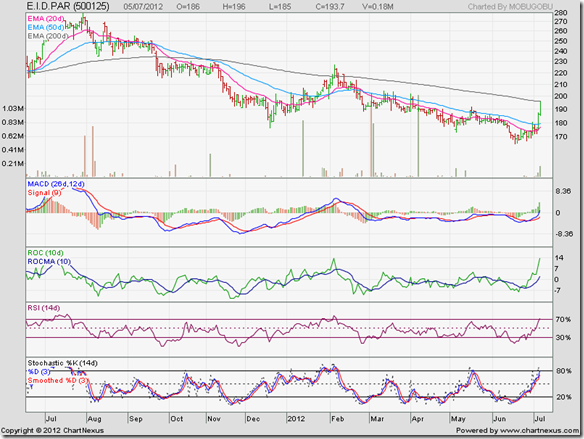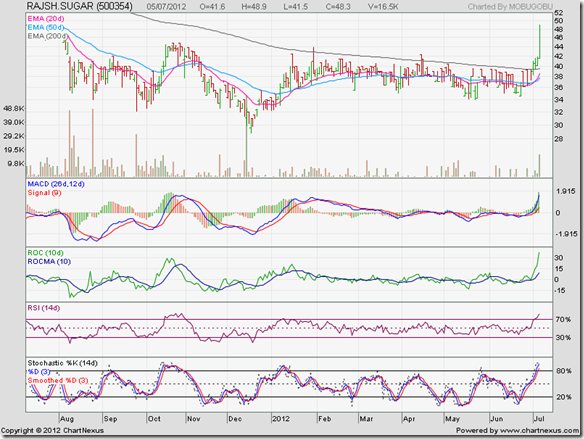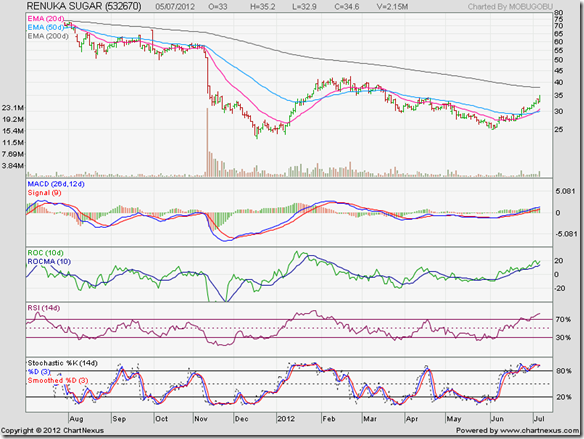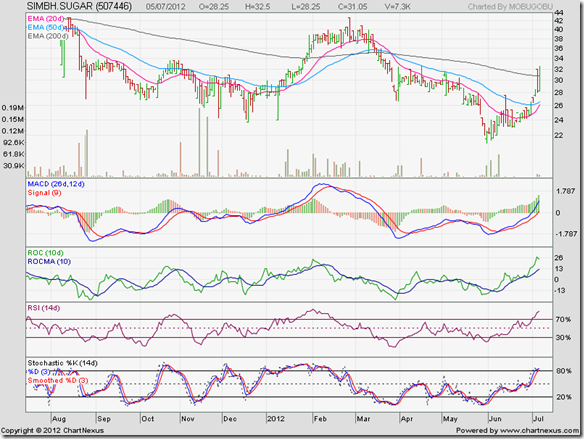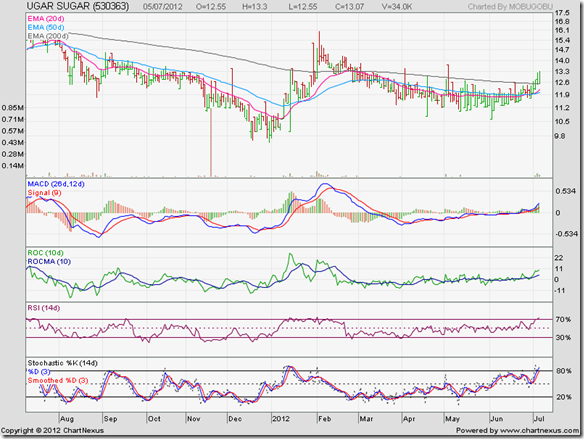Once there was a young man who lived in a small village more than two hours by train from the nearest big city. None in his family had ever studied beyond Class 8 in school. But the young man had a dream – to become a lawyer and save his fellow villagers from being exploited by the zamindar.
He pursued his dream and did become a lawyer, and went on to earn a huge fortune. He spent a lot of his earnings in building a school and a college near his native village. He also bought large tracts of land with fruit orchards and lakes. The land was cultivated to grow food grains. Fruits from the orchards were sold in the market. The lakes were used for fish farming. Villagers were employed to look after the property – and shared part of the bountiful produce.
Things were going well for the villagers – who were prospering. The lawyer was happy that he was able to make a difference to the lives of his fellow neighbours – though he spent most of his time in the big city.
But there were dark clouds on the horizon. The lawyer had a son who was a good-for-nothing spendthrift, who spent most of his time with friends and enjoyed the good life. Despite his best efforts, the lawyer could not make his son mend his ways. He was too busy with his legal practice anyway. So he thought of a plan.
He formed a trust, with his childless younger brother as the trustee. His son was to receive a regular allowance per month, but the trustee was the sole authority for sanctioning any additional expenditure. After the lawyer passed away, the trust came into force – much to the chagrin of his son.
He was soon running through his monthly allowance and kept asking for more from his uncle, the trustee. The uncle was initially indulgent, because he felt sorry that the young man had recently lost his father. But he soon realised that his nephew was taking undue advantage of his indulgence. So, he tightened the screws and refused to sanction extra amounts.
The nephew was taken aback, but instead of mending his ways, he brought over his friends and tried to threaten his uncle with dire consequences. But the uncle refused to budge. So he changed tactics and started imploring and cajoling his uncle for more money.
The uncle said he may re-think provided his nephew met certain conditions. First, he would need to get rid of his freeloader friends. Next, he would need to take an active interest in his father’s property in the village – to ensure that the villagers were doing a proper job of maintenance and upkeep as well as to plug the large amount of leakage of produce that was being siphoned off by various middlemen.
The nephew agreed to the conditions and did prevent his friends from hanging around all the time – though he didn’t really get rid of them. The uncle sanctioned some extra allowance as a quid pro quo. But the nephew showed no interest in looking after the village property of his late father, nor in plugging the pilferage.
Next month, the uncle refused to sanction any extra money, and reiterated his conditions. The nephew promised to change, but his uncle said he won’t sanction anything till he actually saw some change on the ground.
And so the stalemate continues at the time of writing. The nephew (read UPA II) may have good intentions to change, but is unwilling or unable to do so because of his friends (the Mulayams and Mamatas). The uncle (read RBI Governor) has put his foot down and said thus far and no further (by keeping repo, reverse repo and CRR unchanged). The 1% cut in the SLR – from 24% to 23% – was just a token gesture to show good intentions by increasing liquidity without affecting the high inflation rate too much.
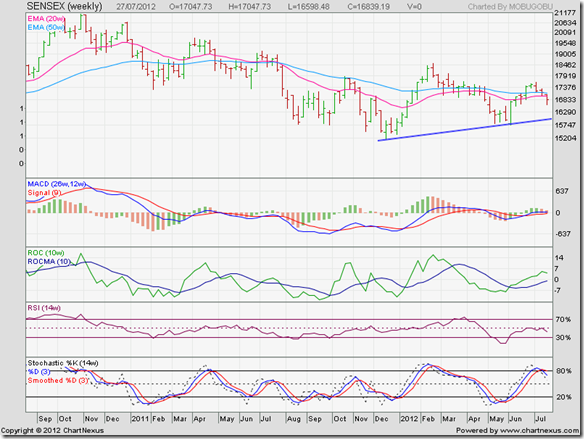
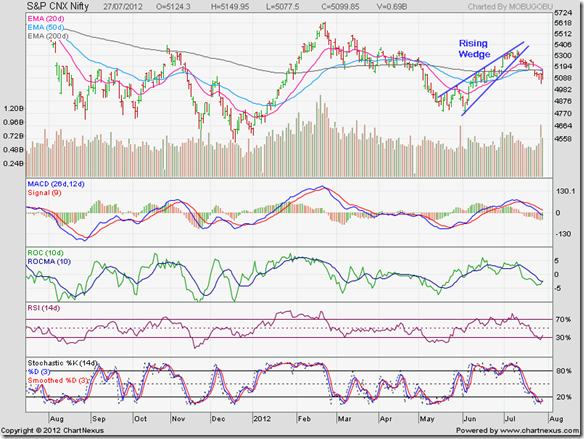
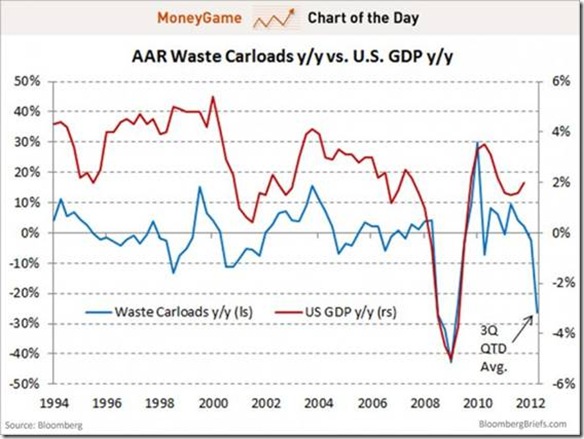
![clip_image002[4] clip_image002[4]](http://lh5.ggpht.com/-3NYcjeRQIb0/UBK9bXVFdGI/AAAAAAAAE8w/sUGv6iT_YIQ/clip_image002%25255B4%25255D_thumb%25255B1%25255D.jpg?imgmax=800)
![clip_image002[6] clip_image002[6]](http://lh3.ggpht.com/-3Xct6EXAV-Y/UBK9fzrZd6I/AAAAAAAAE9A/A4jvLN0SvHw/clip_image002%25255B6%25255D_thumb%25255B1%25255D.jpg?imgmax=800)
